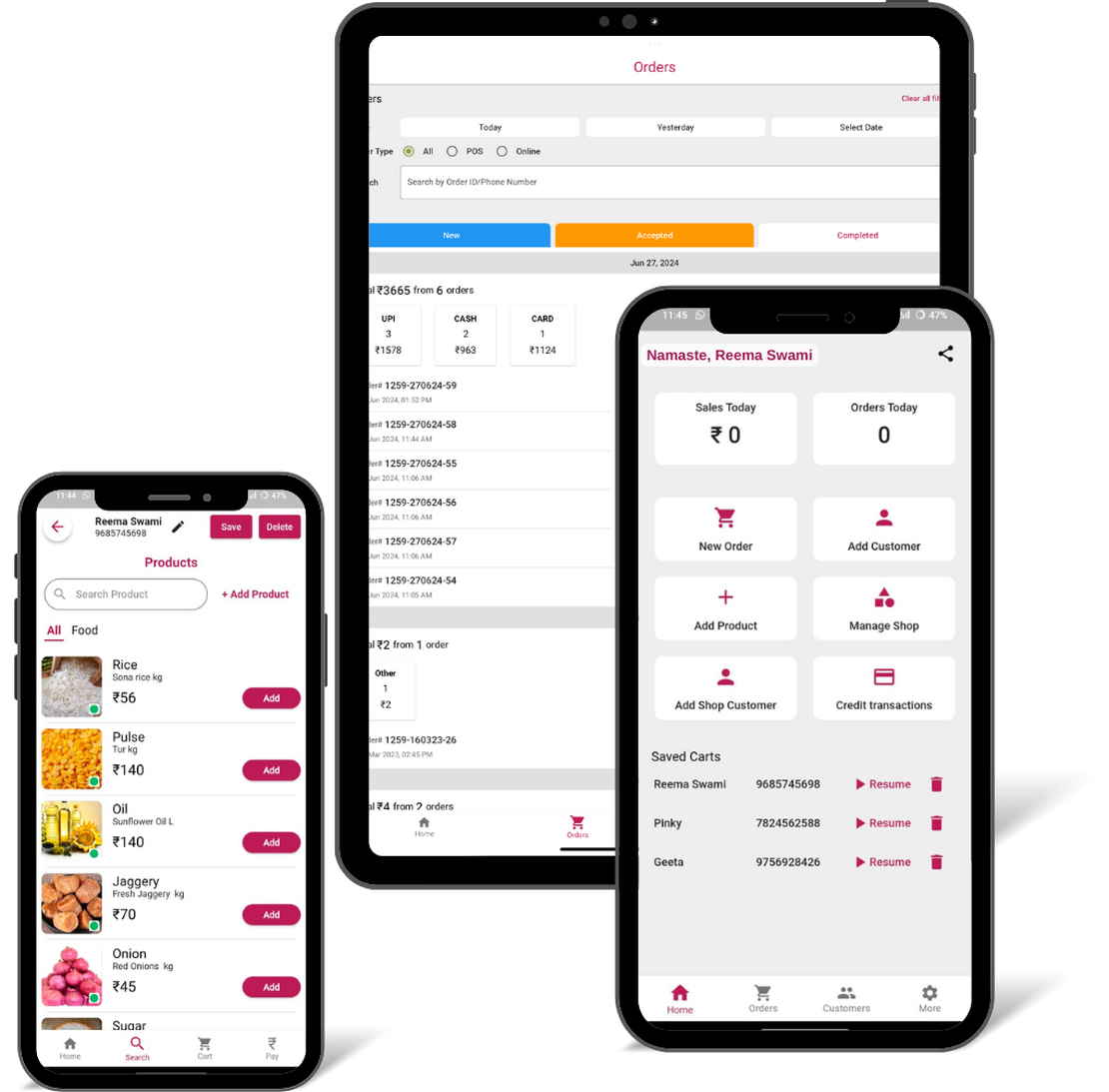Local Vendors must go digital to stay competitive
September 16, 2024
Introduction
Local vendors face increasing pressure to adapt and evolve. With the rapid growth of quick commerce and the convenience it offers, digital transformation is no longer an option—it’s a necessity. Here’s why local vendors must embrace digital tools to thrive in this competitive landscape.
The Rise of Quick Commerce
Quick commerce, also known as Q-commerce, is revolutionizing the way customers shop. Delivering products in under 30 minutes, this model is focused on speed and convenience. Giants like Swiggy Instamart, Blinkit, and Zepto are setting new benchmarks for delivery expectations. With such services offering instant gratification, traditional brick-and-mortar stores must keep up to avoid being left behind.
The Digital Shift: A Survival Imperative
For years, large-scale e-commerce platforms have gradually reshaped customer behaviors, but quick commerce has accelerated this trend. Consumers now expect products at their fingertips—whether it’s groceries, household items, or even personalized services. Local vendors who resist this shift risk losing relevance.
Here’s why digital adoption is essential:
Convenience and Speed: Consumers are increasingly drawn to platforms that promise fast and reliable delivery. By partnering with quick commerce services or setting up an online presence, local vendors can meet these demands head-on.
Broader Reach: Going digital allows vendors to expand beyond their neighborhood. By setting up an online store or joining popular platforms, they can tap into a larger customer base, potentially driving more sales and repeat business.
Data-Driven Insights: One major advantage of going digital is the access to customer data. Vendors can analyze purchasing patterns, understand consumer preferences, and tailor their offerings to match demand, leading to better decision-making and targeted marketing efforts.
Enhanced Customer Experience: Digital platforms offer flexibility in payments, loyalty programs, and personalized shopping experiences. By integrating these features, vendors can create a seamless and memorable shopping journey, improving customer retention.
Competitive Edge: With many local businesses still relying on traditional methods, those who make the digital leap early gain a competitive advantage. Offering services like home delivery, pre-orders, and contactless payments can set a business apart and attract tech-savvy customers.
Overcoming Challenges
Transitioning to digital might seem daunting for some local vendors, but the benefits far outweigh the challenges. Here are a few ways to start:
- Collaborate with Quick Commerce Platforms: Local vendors can partner with platforms that specialize in hyperlocal delivery, ensuring their products reach customers quickly.
- Invest in a Digital POS System: A modern POS system not only facilitates sales but also offers inventory management, customer data tracking, and insights, enabling vendors to run their business efficiently.
- Utilize Social Media: Platforms like Instagram, Facebook, and WhatsApp offer affordable ways for vendors to engage with customers, showcase their products, and even process orders directly.
- Embrace Mobile Apps: With the rise of mobile-first consumers, having a presence on apps can provide a competitive edge. Apps designed for small vendors, like QuicShop Seller, enable easy billing, inventory tracking, and even customer communication through integrated features.
Conclusion:
In a world that’s increasingly leaning toward digitization, it’s clear that the survival of local businesses depends on their ability to adapt. The innovative approach of quick commerce has shown that consumers crave convenience and efficiency. By embracing digital tools, local vendors not only stay relevant but also unlock new opportunities for growth and customer engagement.
The message is simple: Go digital, or risk being left behind. 🚀📈

